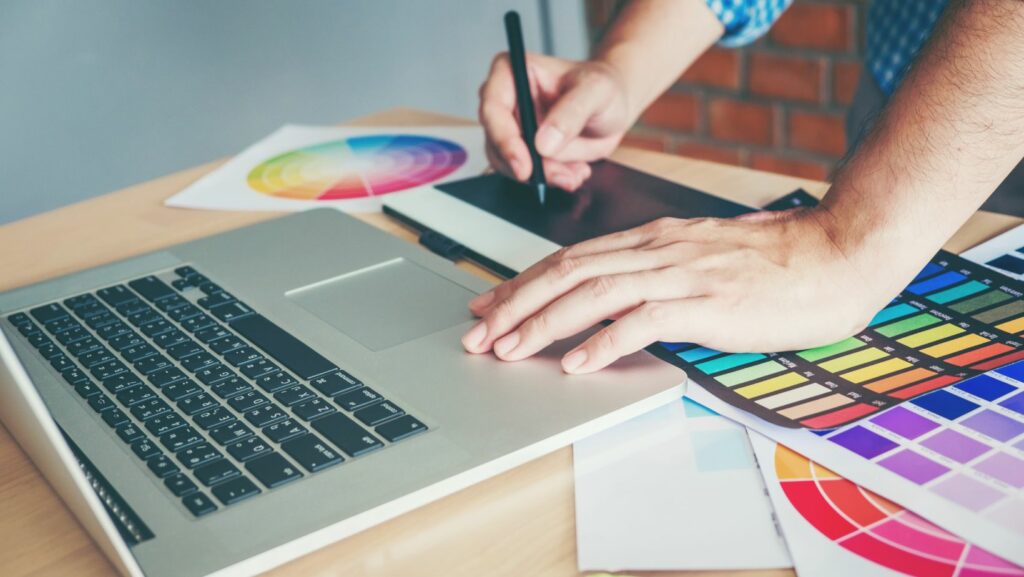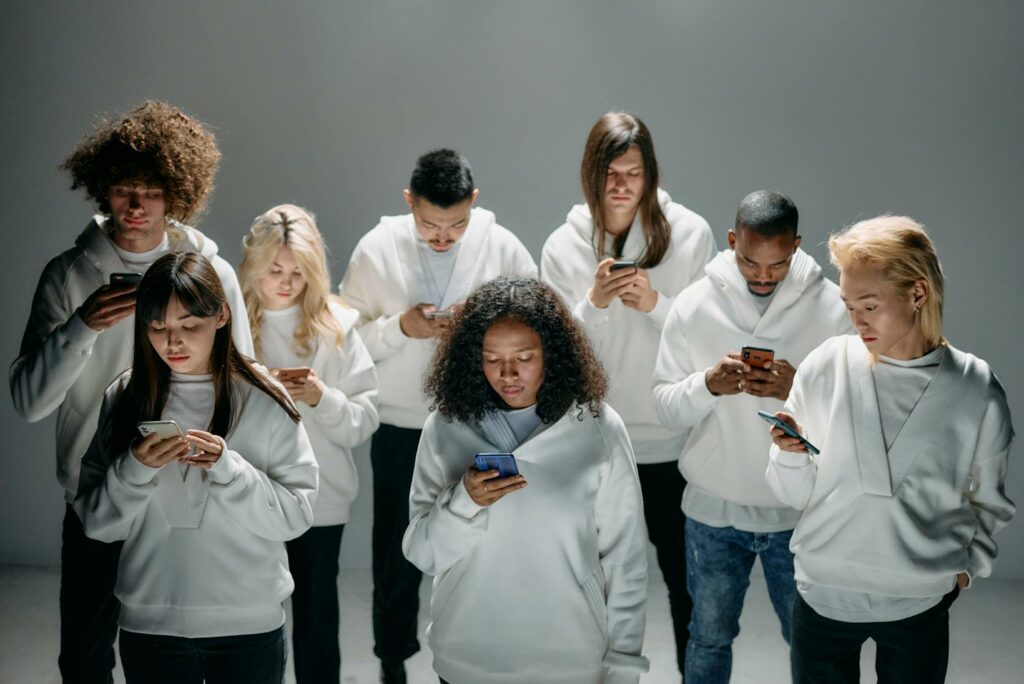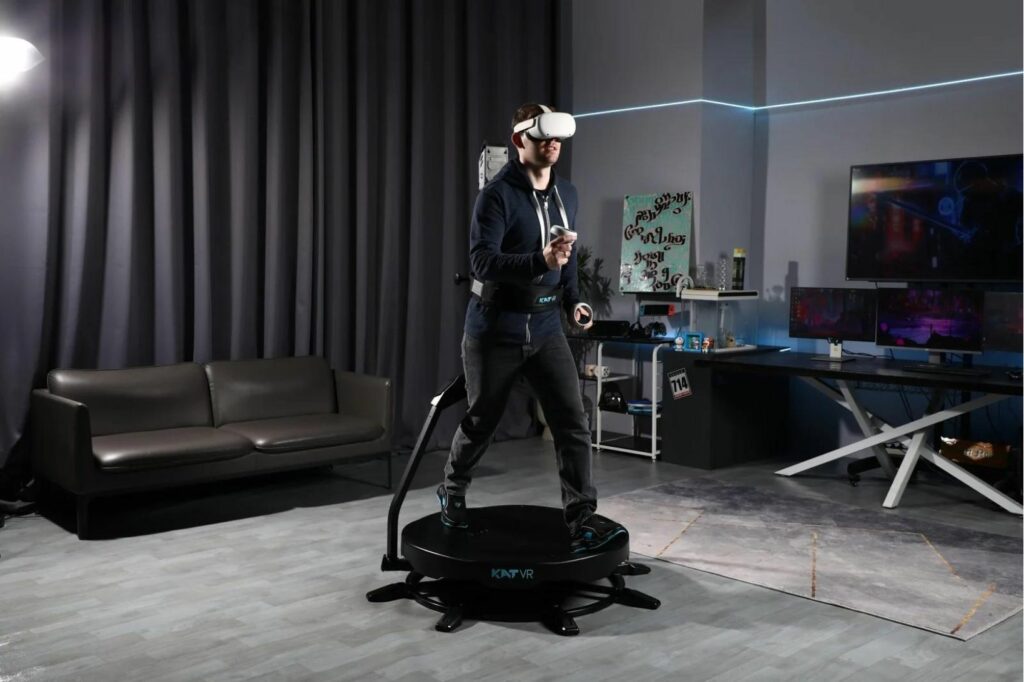The importance of quality design cannot be overstated. Whether you’re launching a startup, revamping your brand, or creating marketing materials, a skilled graphic designer can make the difference between a mediocre and a standout visual presence. However, finding the right designer—someone whose style, skills, and workflow align with your needs—can be a challenging task. This guide will walk you through the key steps to ensure you find a graphic designer who is the perfect fit for your project.
Understand Your Design Needs
Before you start searching for a designer, it’s essential to clearly define your needs. Ask yourself:
- What type of project do I need help with? Is it a logo, website, social media content, packaging, or an entire branding overhaul?
- What is the scope of the work? Will it be a one-off project or an ongoing partnership?
- What is my budget and timeline?
The answers to these questions will help you identify the type of designer you need. For example, a designer specializing in web and digital media might not be the best choice for print packaging, and vice versa. Being specific about your project requirements ensures that your search is focused and efficient.
Identify the Style You’re Looking For
Graphic design is an art form, and every designer has a unique style. Some favor minimalism, others are more illustrative or experimental. To find a designer whose aesthetic aligns with your vision, gather examples of work you admire. This could include designs from competitors, popular brands, or even unrelated sources like art or photography.
Having a clear sense of style helps you communicate your vision effectively and ensures you don’t waste time approaching designers whose aesthetic doesn’t match your needs. It also provides a reference point when evaluating portfolios.
Determine the Type of Designer You Need
Graphic design is a broad field. Depending on your project, you may need a:
- Freelance Designer: Ideal for short-term projects, flexible, often more affordable.
- In-House Designer: Perfect for ongoing needs, brand consistency, and close collaboration.
- Design Agency: Suitable for larger projects or comprehensive branding campaigns, offering a range of expertise but often at a higher cost.

Understanding the type of designer you need will streamline your search and ensure your budget aligns with expectations.
Search in the Right Places
Once you know what you need, it’s time to start looking. There are several avenues to explore:
- Online Marketplaces: Platforms like Upwork, Fiverr, and 99designs provide access to a wide range of freelance designers with portfolios and client reviews.
- Portfolio Sites: Behance, Dribbble, and Adobe Portfolio are excellent for browsing work and contacting designers directly.
- Social Media: Instagram, LinkedIn, and Pinterest can be surprisingly effective for discovering talented designers, particularly those who specialize in specific styles.
- Local Networks: Attending design events, workshops, or networking meetups can help you find designers who prefer working locally or in-person.
Don’t hesitate to use multiple channels; sometimes the best designer may come from a less obvious source.
Review Portfolios Carefully
A designer’s portfolio is the most reliable indicator of their skills and style. When reviewing portfolios, consider the following:
- Quality and Consistency: Look for a strong body of work that demonstrates technical skill and creativity.
- Relevant Experience: Prior work in your industry or project type can be an advantage, though it’s not always necessary.
- Attention to Detail: Examine typography, color palettes, composition, and overall polish.
- Problem-Solving Ability: Great design doesn’t just look good; it communicates a message effectively. Look for examples where the designer solved a visual communication challenge.
It’s important to focus on the portfolio pieces themselves rather than marketing language or client testimonials, which can sometimes be inflated.
Conduct Interviews or Consultations
Once you’ve shortlisted potential designers, set up interviews or consultations. This step helps assess compatibility beyond the portfolio. Key questions to ask include:
- What is your design process?
- How do you handle feedback and revisions?
- What is your preferred method of communication and project management?
- Can you provide references from past clients?
During these discussions, pay attention to communication skills and responsiveness. A talented designer who is difficult to work with can make even the best project frustrating.
Discuss Budget and Contracts Clearly
Budget conversations are often uncomfortable but essential. Be upfront about your budget and ask for a detailed quote that includes revisions, deliverables, and any additional costs. This prevents misunderstandings later. When you decide to hire a graphic designer, having a clear discussion about fees and expectations ensures a smoother collaboration.
Additionally, formalize the agreement with a contract. A good contract should cover:
- Scope of work
- Timeline and milestones
- Payment schedule
- Intellectual property ownership
- Revision limits
- Termination clauses
Having these details in writing protects both you and the designer and establishes professional expectations from the start.
Test with a Small Project
If possible, start with a smaller project or trial task. This allows you to evaluate the designer’s work quality, communication, and ability to meet deadlines without committing to a large contract. Many designers are open to this approach as it builds trust and sets the tone for larger collaborations.
Build a Long-Term Relationship
Once you find a designer who fits your needs, consider nurturing a long-term relationship. Consistent collaboration allows them to understand your brand deeply, leading to more cohesive and efficient design work. Long-term partnerships can also be more cost-effective, as the designer becomes more familiar with your preferences and workflow.
Conclusion
Finding a graphic designer who perfectly fits your needs requires a combination of clarity, research, and careful evaluation. Start by defining your project, style, and type of designer required. Explore multiple sources, review portfolios critically, and conduct thorough interviews. Be transparent about budget and expectations, and consider starting with a small project to test compatibility. With these steps, you increase your chances of finding a designer who not only delivers visually stunning work but also enhances your brand through effective communication and creative problem-solving.
Investing the time to find the right designer is an investment in your brand’s future. With the right fit, your visual identity can become a powerful tool that communicates your message, engages your audience, and sets you apart in a crowded marketplace.



